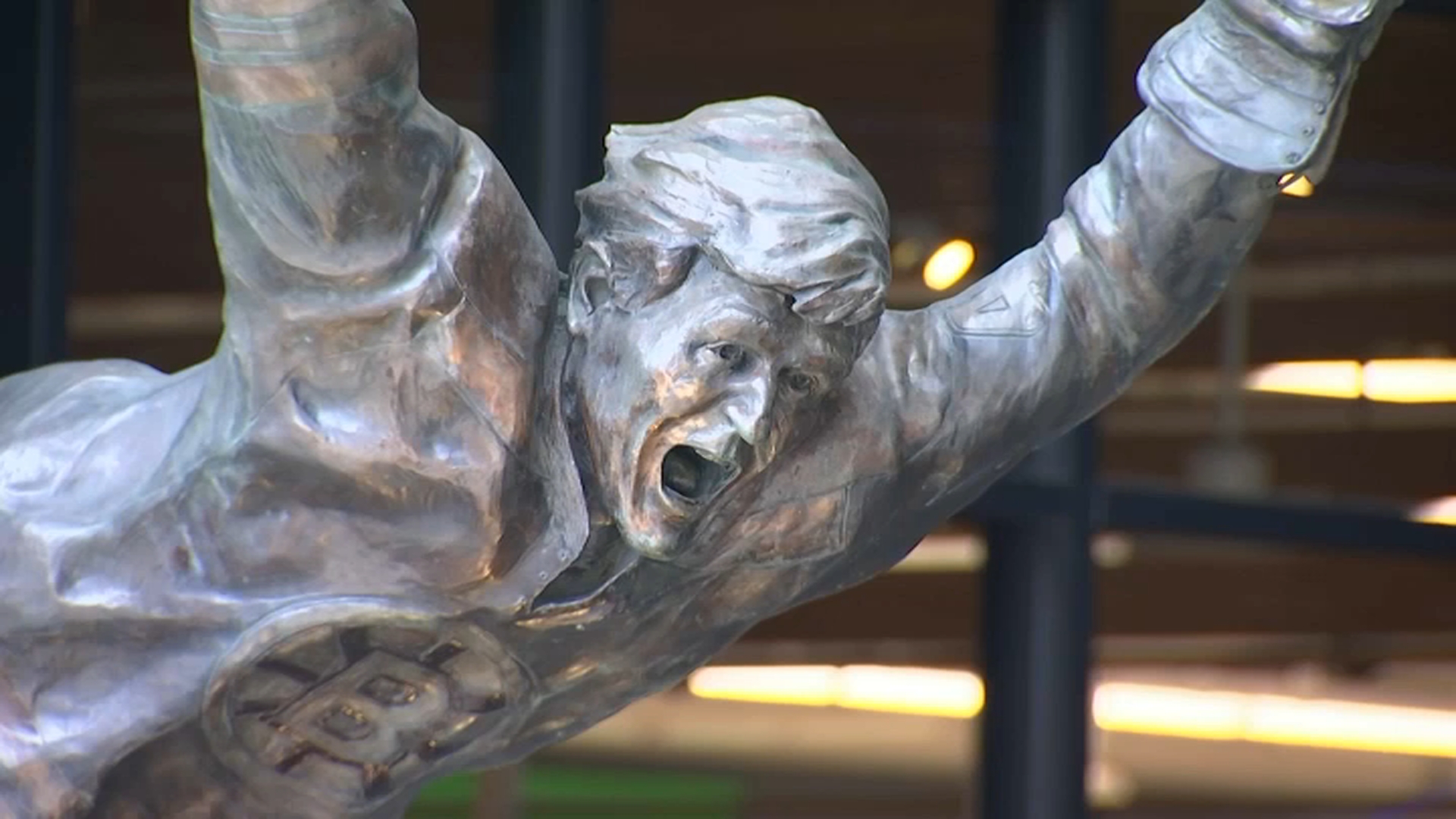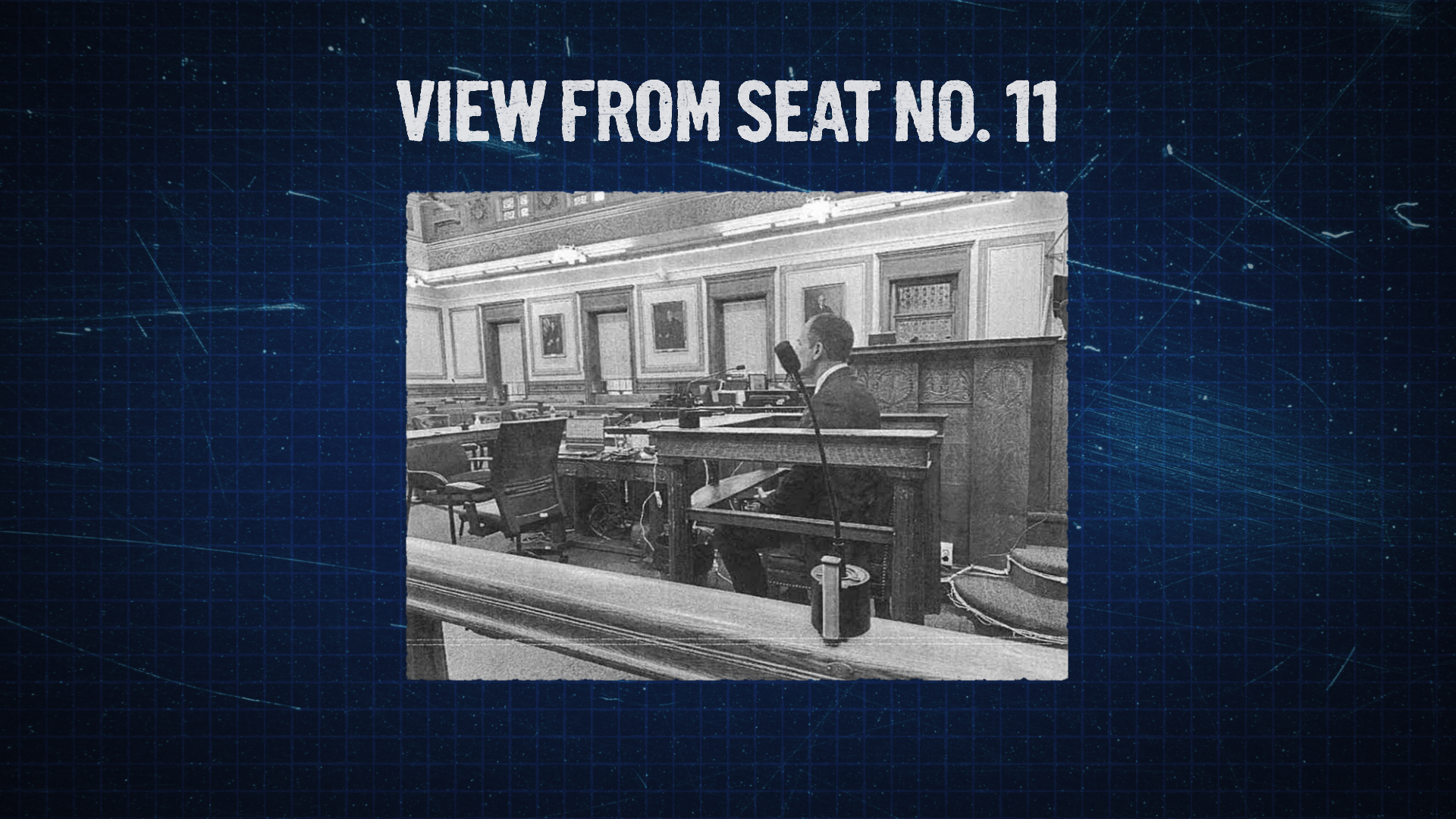(NECN/WBAL: Kim Dacey) - New robotic cleaning devices are helping to keep patients at Johns Hopkins Hospital safer from superbugs.
MRSA and clostridium difficile are some of the most well-known types of superbugs that can thrive in hospital settings.
"Superbugs are actually what we would medically consider organisms or bugs that are resistant to multiple antibiotics," epidemiologist Dr. Trish Perl said.
At Hopkins, when a patient with one of those bugs leaves, the room is cleaned like any other, but then the Bioquell Q10 system is brought in to disinfect the entire room in two steps. First, a technician has to seal off any vents, windows and doors in the room, and then the first machine goes to work.
"It saturates the area with the hydrogen peroxide and, at that point, it will microcondensate on all the surfaces in the room," said technician Mike Duclos.
The 35-percent hydrogen peroxide is enough to kill the superbugs, and it can reach every nook and cranny in the room, officials said.
The second machine aerates and dries the peroxide, leaving no residue behind.
Local
The entire process takes about an hour-and-a-half, experts said. One of the benefits is that the hydrogen peroxide is safe for all medical and electronic equipment, so nurses don't have to move anything out before doing it.
"We actually urge staff to put in there any sort of computers or a lot of hospital equipment that's just really hard to clean, and we try to get as much equipment really in the room as possible," Duclos said.
Hopkins has two Bioquell systems, so it has to prioritize which rooms get done based on the severity and type of superbug. In a study, the system was shown to reduce the number of superbug infections in patients by 64-percent.



